by Amineddoleh & Associates LLC | Aug 2, 2024 |
We are thrilled about the launch of our client’s newest television series, “Life in Ancient Times with Darius Arya.” Our client, Darius Arya, has hosted a number of television series, and this newest one launched on PBS on July 31.

Darius is an archaeologist, public historian, author, social media influencer, and TV host based in Rome, Italy. He’s a Fulbright scholar, fellow of the American Academy in Rome, and guest scholar of Getty Conservation Institute. He directs the American Institute for Roman Culture and its online learning platform Ancient Rome Live. Darius has led excavations (Rome, Ostia Antica) and taught university programs in Italy for over 17 years. He works around the globe, with a focus on Rome and the Roman Empire. He directs educational programs, leads lecture series and heritage preservation initiatives, specialized tours, and features in or hosts TV shows for US, Italy, and other European programs.
We are proud to have worked with Darius on negotiating and drafting the agreement for this exciting new PBS series. You can watch episodes here: https://www.youtube.com/watch?v=L1UJJvafCqM
by Amineddoleh & Associates LLC | Jul 19, 2024 |
The team at Amineddoleh & Assoc., LLC is proud to announce that our founder has been ranked, for the third consecutive year, in Chambers & Partners High Net Worth for her work in Art and Cultural Property Law.
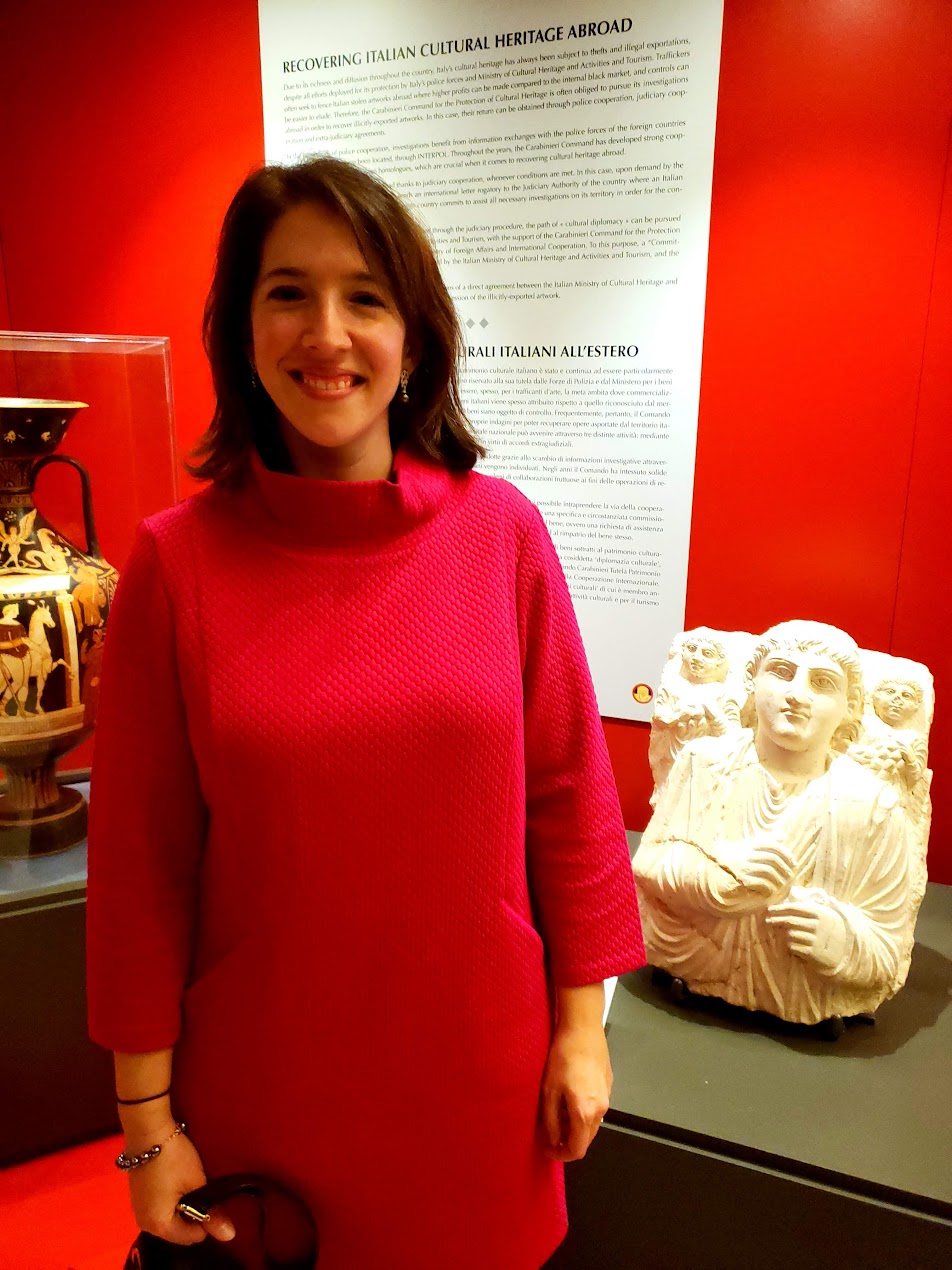
At the United Nations in January 2020
Chambers writes that Leila is “highly regarded by peers for her in-depth expertise in cultural property restitution cases….She has notable experience handling authenticity-related matters.” Leila was also praised for being “in such great demand in cultural property matters. She is a force; she is constantly working. . . . [Chambers & Partners is] very impressed by her and her work.”
We are extremely pleased to see our founder recognized in the 2024 HNW Guide rankings for the third consecutive year. These rankings reflect our team’s fundamental commitment to providing the highest level of service to our clients. Additionally, the rankings serve as testament to the quality of the services our firm provides for them.
Leila states that she is honored to be in the company of so many other wonderful colleagues who have been recognized alongside her for their expertise in this area.
Congrats to Leila!
View the ranking below:
Amineddoleh & Assoc., LLC is a premier art law practice based in NYC that advises domestic and international collectors, art dealers, galleries, artists, museums and other cultural institutions.
by Amineddoleh & Associates LLC | Jul 9, 2024 |
Spain’s most exciting art exhibition of the summer is not in Barcelona. It’s not even in Madrid. Instead, the summer’s hottest art excursion is in a deconsecrated and incomplete cathedral in Alba de Tormes, a small town that is a two-hour drive from Madrid.

Alba de Tormes. Image courtesy of Frayle via Wikimedia Commons.
El Esplendor de La Pintura en Valenica
The exhibition, titled El Esplendor de La Pintura en Valenica (The Splendor of Painting in Valencia), highlights artists from Valencia in the late 15th and early 16th centuries. It demonstrates how the arrival of Italian and Flemish artistic influences at this time provided the spark needed to set the Spanish Renaissance ablaze. (Note for readers under the age of 16: Valencia is not just an Instagram filter – it’s also a beautiful municipality in Spain!)
This breathtaking exhibition features a monumental 120 pieces of Renaissance works, 90% of which have never been on display. Nothing like this has ever been accomplished in Alba before – and the exhibition’s success has made the international art world pay attention.
Two primary aspects of this exhibition make it stand out. The first is that the art on display is remarkable. The focal point of the exhibition is a painting of Christ tied to the pillar by Juan de Juanes. It is largely regarded as his best work, as well as a true pillar of the Spanish Renaissance canon. The painting is accompanied by an augmented reality rendition of the prized work. In an immersive video located in a nearby booth, viewers are treated to a life-like vision of Christ suffering. Christ stares soulfully into the eyes of the viewer, while tilting a head made heavy by a crown of thorns, and lifting bound wrists. This effect is powerful – and enough to send even the most pious attendees scurrying to Mass.

“Christ tied to the Column” by Juan de Juanes. Copyright: Leila A. Amineddoleh
In addition to Juan de Juanes’ pivotal work and its augmented reality counterpart, other priceless works fill the cavernous space. One wonders how such a thoughtfully curated collection came together. Many works are on-loan from private collections (the centuries-old altarpieces, for example, are a particular coup and a true treat for the senses). In fact, the collection is so triumphant in its significance and rarity that it alone makes a trip to Alba a definite “must” for anyone in Spain this summer. Which leads to the second reason this exhibition is garnering so much buzz in the art world.
Alba is a beautiful city, known for being a haven for painters and artists in the 16th century (who all flocked to bask in the aura of the ineffable Duke of Alba). Not only that, Alba is known for housing renowned Catholic saints St. Teresa of Avila and Saint John of the Cross. Despite all of this history, the city is still rarely considered a tourist site.
Tourism and Depopulation
The decision to hold the exhibition in Alba, then, was a response to what’s known as la España vaciada or “hollowed-out Spain.” This term is used to describe the depopulation happening across the country of certain areas. As citizens leave rural areas in favor of big city life, smaller towns face a host of problems: unemployment issues, reduced or eliminated services, closed restaurants and shops, and desolate downtown urban areas. But one unfortunate side effect less-frequently talked about is the threat depopulation poses to art and cultural heritage.
Our founder wrote a well-informed (and prescient) note on this topic (available here). But for those who are new to the subject, the depopulation of culturally rich areas puts the art and cultural heritage left behind at risk of theft, environmental destruction, and intentional or accidental demolition – just to name a few. Abandoned cultural sites and works of art are easily targeted by looters and bored civilians alike. The result is the heartbreaking loss of irreplaceable worldly treasures.
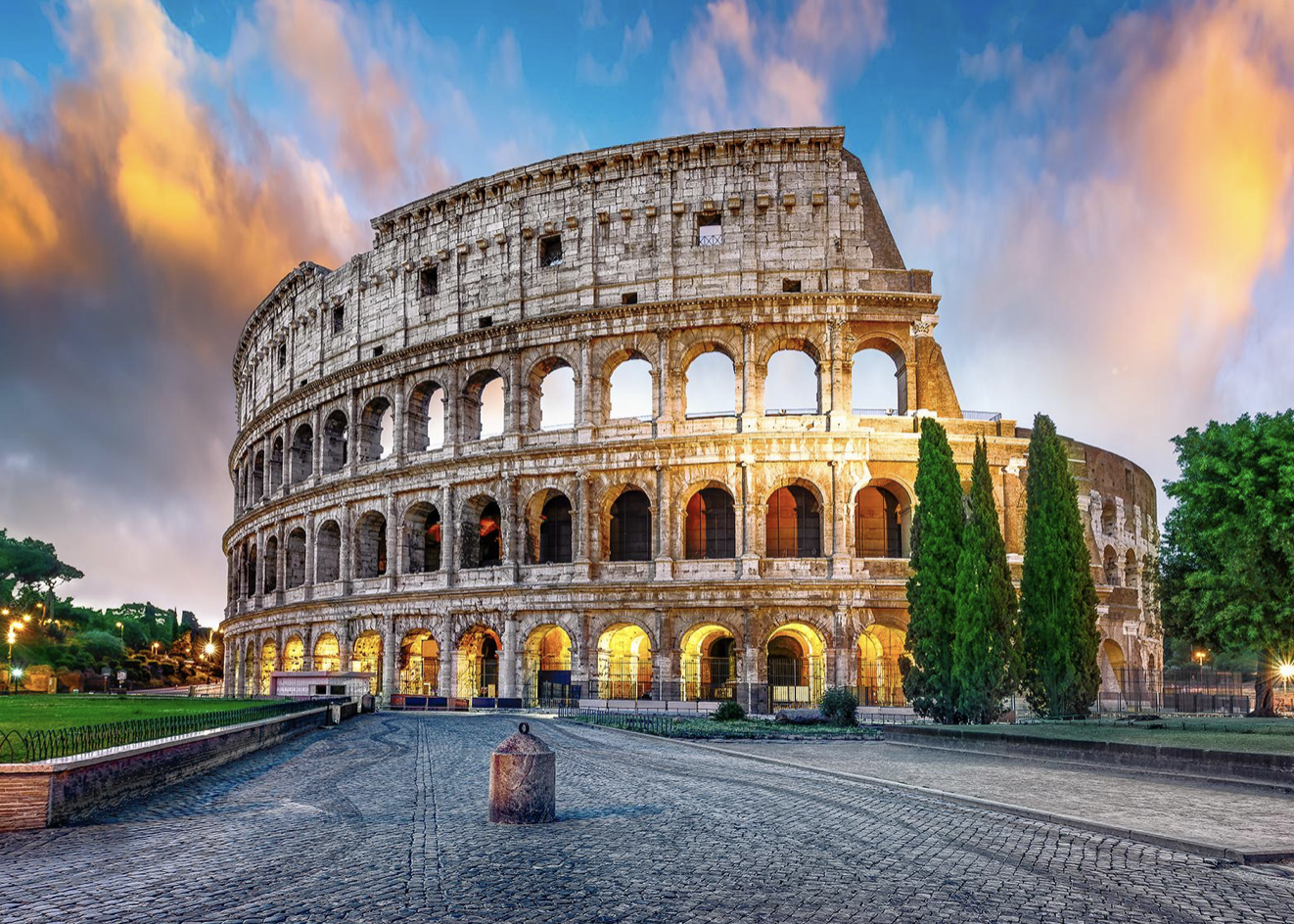
The Colosseum in Rome is a heavily-touristed site. Image via Fodor’s, available at https://www.fodors.com/world/europe/italy/rome/experiences/news/photos/the-10-best-ancient-sites-in-rome.
One solution to this damage that comes from depopulation is to re-direct tourism to these areas from highly popular sites. When tourism booms in the same areas over and over, a whole host of other issues ensues (Our firm has written at length on that topic here – click to brush up on the dangers of overtourism, including destruction of cultural sites due to wear-and-tear, as well as vandalism).
When tourism is instead spread out to more places, the risks to cultural heritage from overtourism are mitigated. Moreover, the economic benefits of tourism – and the boom it can provide to local economies – is more evenly spread out around the country.
This move to a more sustainable form of tourism does not happen naturally. Rather, it requires concentrated efforts from dedicated groups and individuals on the front lines. Immersive knowledge of a place and its most significant features are essential to breathing life into new spaces, in order to create new patterns of tourism.
Reliance on Local Experts
Nicolas Cortés, a 30-year veteran of the art world, is one of these individuals, and an organizer of the Valencia exhibition. His vision for this particular effort was, in his words, to expose people to high-quality art, as well as to the beautiful city of Alba itself. For Cortés, “it’s also about the environment. We want people to come to beautiful places [like Alba de Tormes] so they can get to know them.”

El Monasterio de la Anunciación de Nuestra Señora de Carmelitas Descalzas de Alba de Tormes. Image courtesy of Fundacion Declausura.
Cortés’s work is particularly important in Spain, where lack of Spanish involvement in international treaties has led to a disinterest in the international art world over the protection and preservation of Spanish artistic treasures. Additionally, many of the art and cultural heritage at-risk due to depopulation is held by the Church, and thus out-of-reach for State actors.
This is why the Valencia exhibition is such an artistic powerhouse – bringing culture to an area experiencing the negative impacts of depopulation, in a way that draws upon locals to help with daily operations and revitalizes the town’s economy. It features artists such as Gonçal Peris, Joan Reixach, Maestro de Artés, Yáñez de la Almedina, Martín Gómez, Paolo de San Leocadio and (of course) Juan de Juanes. In the words of the exhibition’s curator, José Gómez Frechina, the arrival of foreign works in Valencia “struck the city like a bolt of lightning, illuminating the way for all the painters there”. The resulting exhibition is a lighting strike itself. In short, it is worth a two-hours’ drive from Madrid.
Efforts Made by Turkey
Spain is not the only international location using tactics like this to divert tourists from over-touristed areas, In Turkey, for example, Istanbul’s city-wide restoration teams have painstakingly restored new attractions to bring tourism to little-known historical and cultural sites in the city.

Gülhane Park Cistern. Image courtesy of thebyzantinelegacy.com.
Istanbul is ripe to benefit from shifting tourism patterns (fun fact: Istanbul is currently the #1 most-visited city in the world), because Istanbul is a city of multiple layers. This means that there is always something new for the city to feature – and for tourists to discover. Most tourists rush to the Basilica Cistern upon arrival, as the city’s most famous cistern. However, just a 12-minute walk away is the Gülhane Park Cistern, a 1,500-year-old reservoir that has been restored by the city and recently reopened to the public in 2023. The Gülhane Park Cistern is ensconced inside a gorgeous green area that was once part of the private Topkapi Palace (also home to the Column of the Goths, a Roman monument, and the Alay Köşkü, a former favorite hang-out of 16th century Ottoman sultans).
By directing tourists to these, lesser-known but highly-valuable cultural sites, the municipality is able to relieve the burden of overtourism to a site like the Basilica Cistern – while still providing a memorable and invigorating experience to the visitors.
Sustainable Tourism
Dedicated efforts like these by cities and municipalities (when possible) and by individuals and nonprofits (when applicable) serve to mitigate the impacts of overtourism to popular sites. They also aim to correct issues caused by depopulation of rural areas. The combined impact protects cultural heritage on two fronts – providing a wonderful model for sustainable tourism moving forward.
Plus, who needs another photo of the Trevi Fountain? This summer, all the cool kids are at the Valencia exhibit in Alba – just check our firm’s socials for proof.
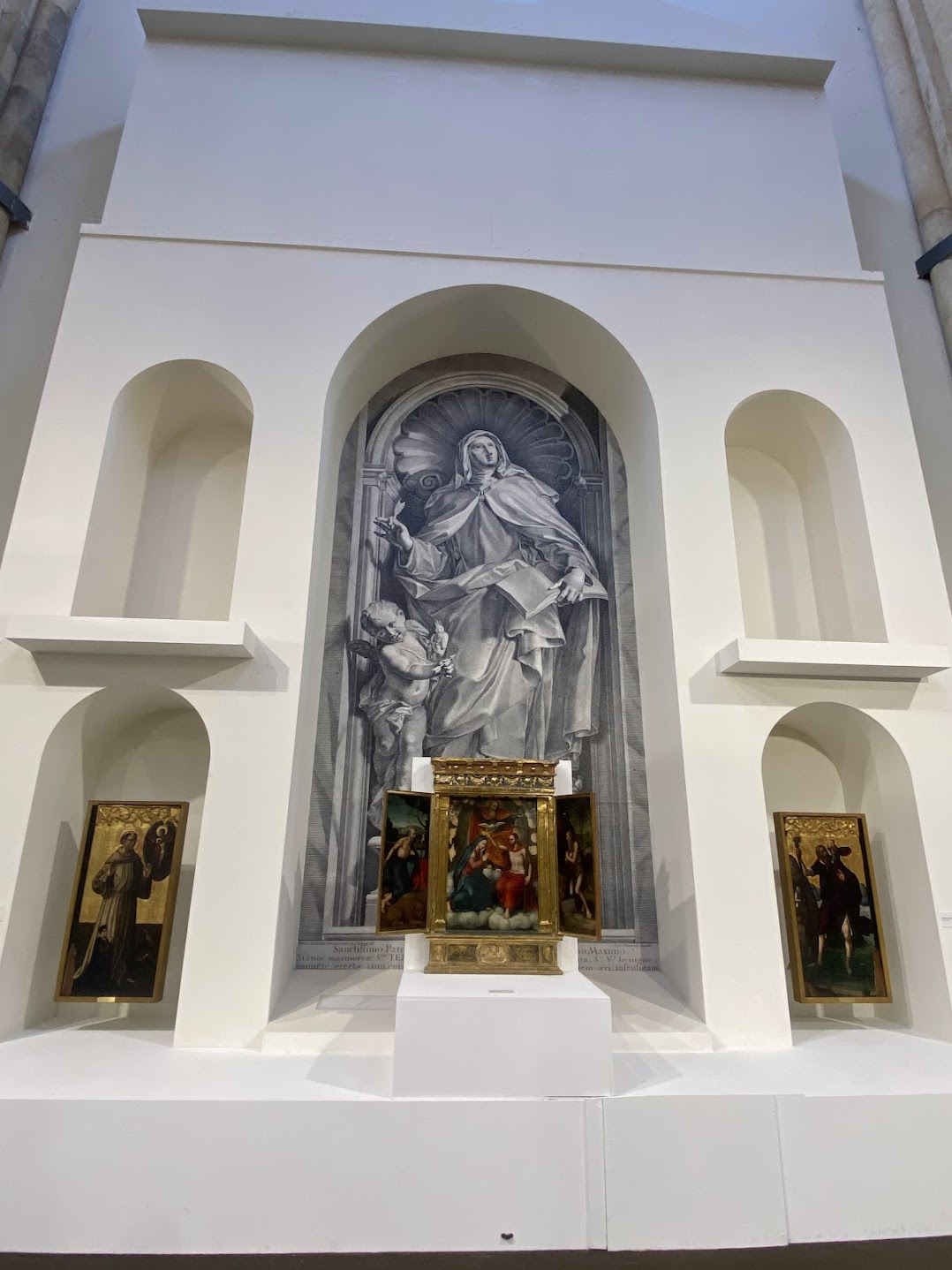
Altarpiece at El Esplendor de La Pintura en Valancia. Copyright: Leila A. Amineddoleh
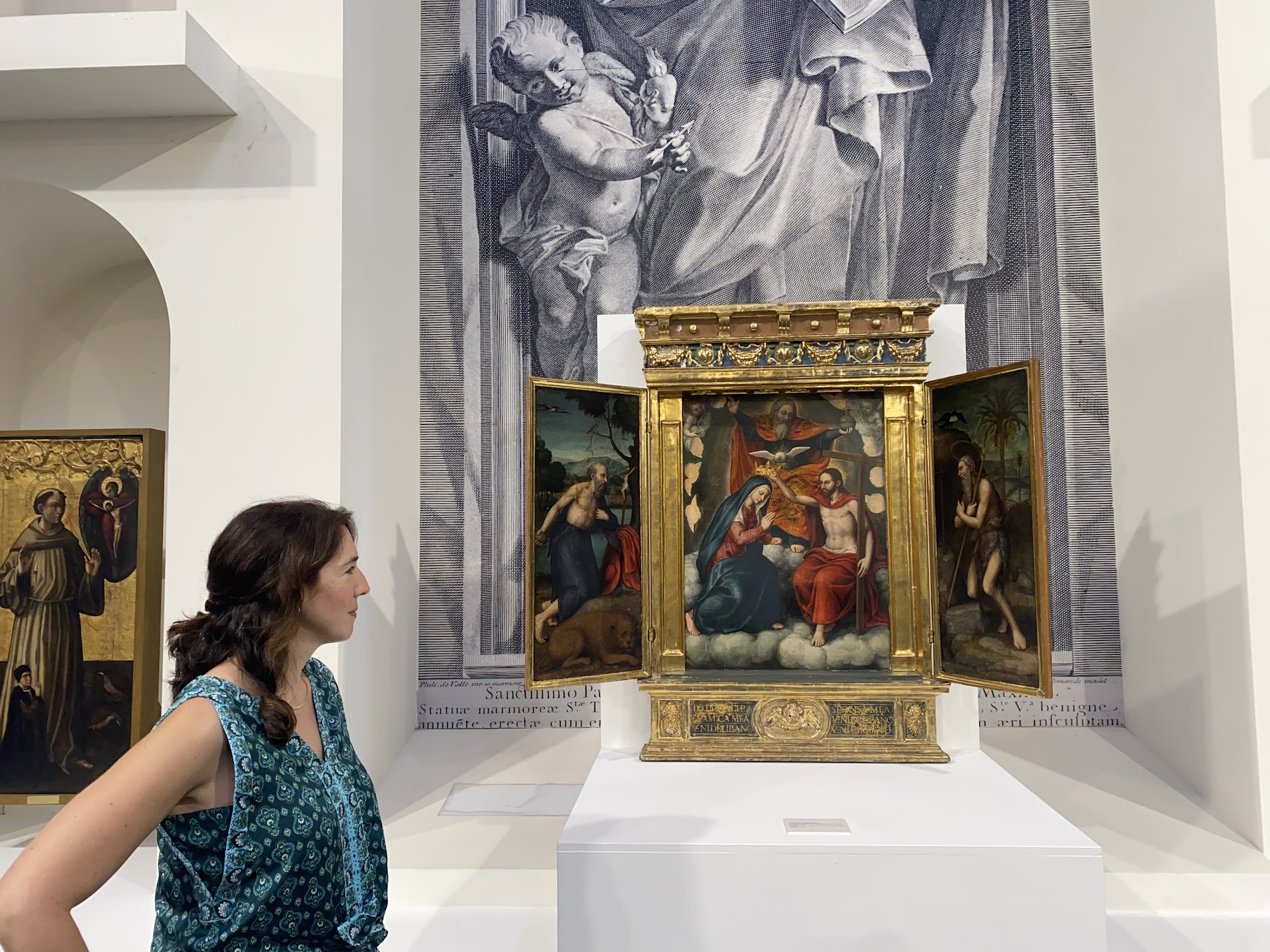
Our founder at the opening reception of El Esplendor de La Pintura en Valencia.
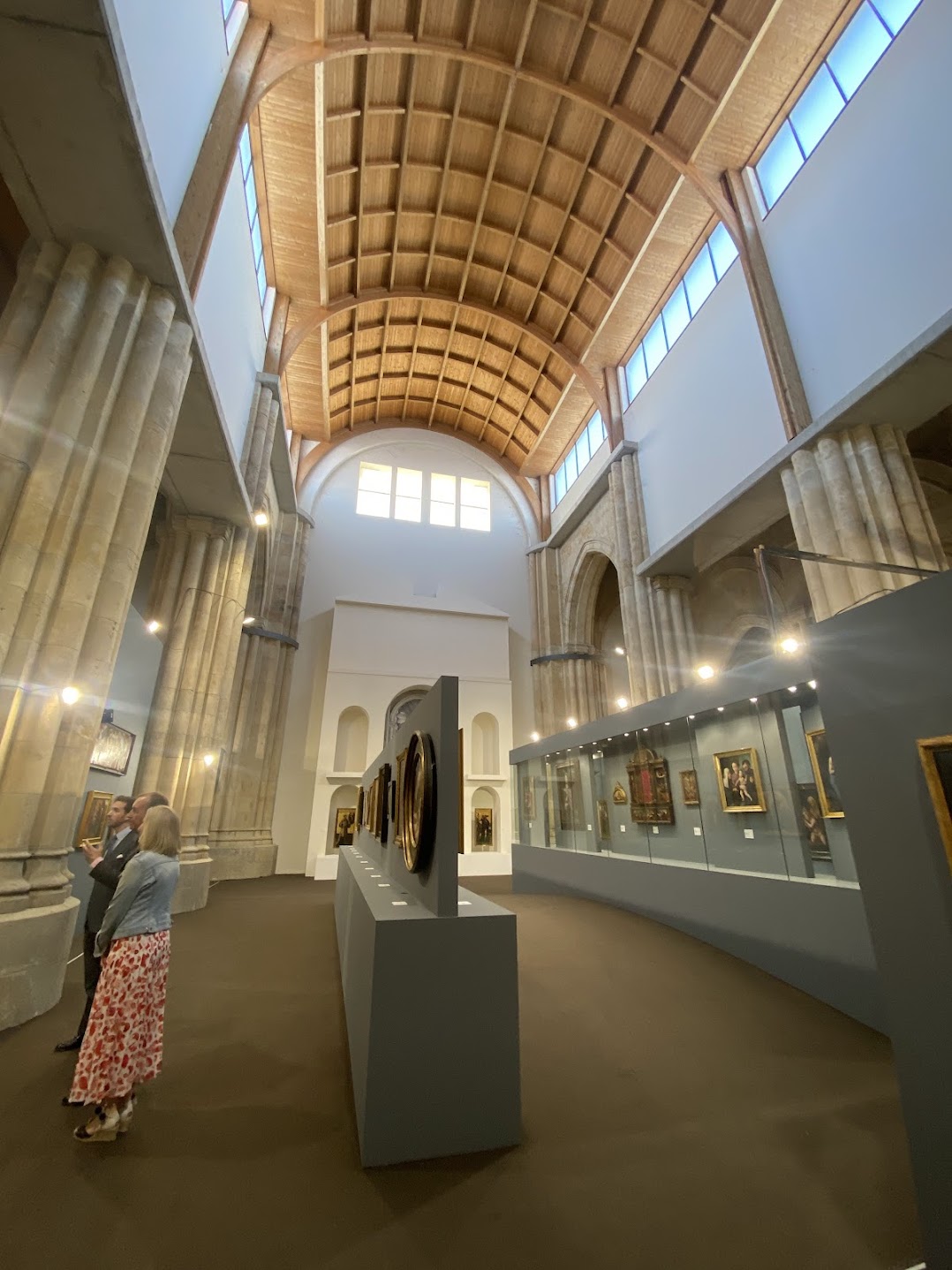
The Mayor of Alba de Tormes enjoying a tour of the exhibition. Copyright: Leila A. Amineddoleh
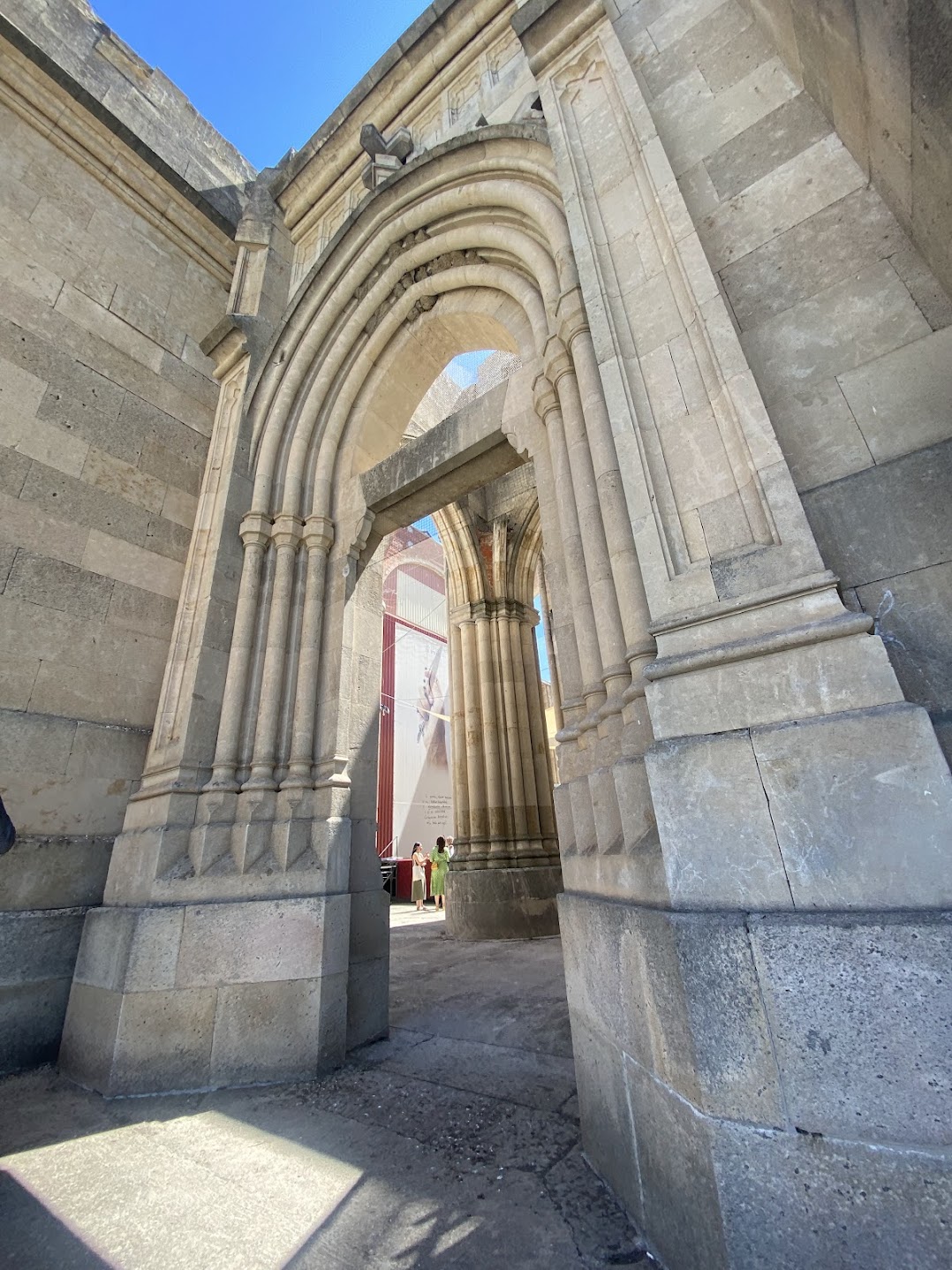
Entry to the exhibition. Copyright: Leila A. Amineddoleh
by Amineddoleh & Associates LLC | Jun 27, 2024 |
We are proud to share Maria T. Cannon’s most recent publications, published on the New York State Bar Entertainment, Arts and Sports Law (EASL) Section blog.
EASL Section Blogs

Grateful Dead concert ticket for June 9, 1991. The Grateful Dead have famously protected their band’s IP through various trademark registrations. Image via kansasphoto.
When Should My Client Trademark Her Artist Name?
The first article is titled, “When Should My Client Trademark Her Artist Name? Answer: After Jack Daniels, ‘Yesterday’. The piece examines the heightened importance for music artists to register the trademarks for their band names, in the aftermath of the stunning Supreme Court decision Jack Daniels’s v. VIP Prods., LLC. Trademark protection for brands is stronger than ever. Plus, artists never know when they will go viral.
Filing for trademark registration is the single best thing working music artists can do to protect their reputational integrity.
You can read the article in full here.
Nonprofits Back Tony Nominees
Maria’s second article, titled “Nonprofits Back Tony Nominees: What This Means for EASL Lawyers and Why,” comes out just in time for the Tony Awards!

New York City, sparkling at night. Image via Sean Da Ros.
This piece discusses the word “provenance” (both its legal and plain-old Webster definitions) as applied to Broadway productions. She also draws attention to the dire financial situation facing Broadway, and what EASL lawyers can do to help.
Check out her article here.
Preserving Intangible Cultural Heritage
Another article Maria published considered the importance of protecting intangible cultural heritage. In the article, Maria highlighted the fantastic Armenian lifestyle magazine and brand, Qami Jan (founded by our own Yelena Ambartsumian!). Qami Jan has impacted how Maria views the importance of intangible cultural heritage, and its magazine is a must-read for anyone seeking to learn more on the topic.
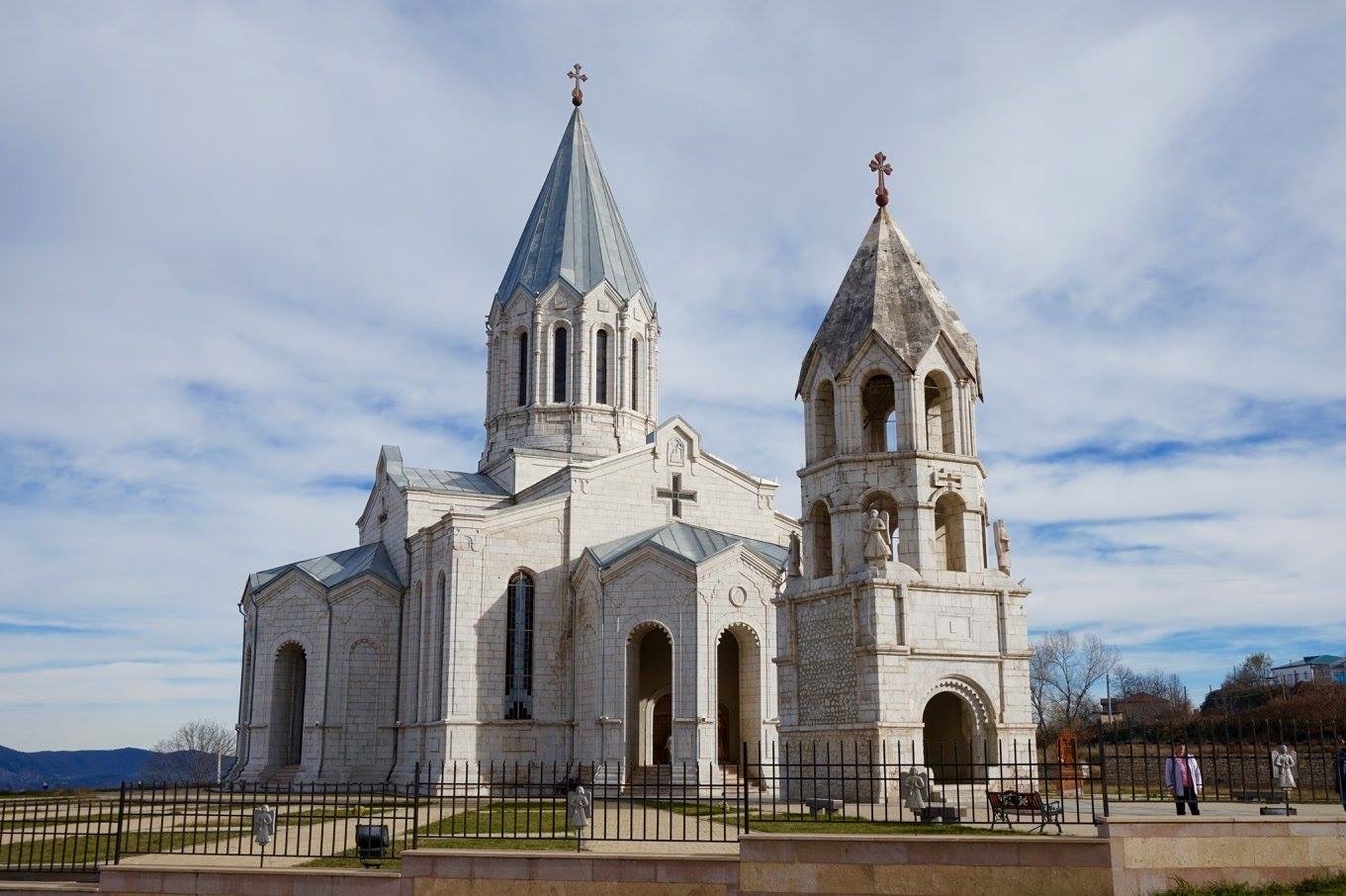
Ghazanchetsots Cathedral in Shushi (2015). Image courtesy of Yelena Ambartsumian, used with permission.
Read the EASL article here. Connect with Qami Jan here.
When Great Trees Fall: Sports Legends and Sports Law
Maria also published an article honoring sports legends Jerry West and Willie Mays on the EASL blog. The article examines how the players’ influenced sports law, and American culture at large, through their contributions to the sport.

Jerry West playing for the Lakers in 1972. Image via The Sporting News Archive by Malcom W. Emmons.
Read the article here.
City Sidewalks: Dressing Our Cities in Artistic Style
Finally, Maria wrote a piece on the importance of street art in urban planning. She gave spotlighted Building 180, a woman-founded organization that implements public and private art installations (which we have profiled on the blog, available here).
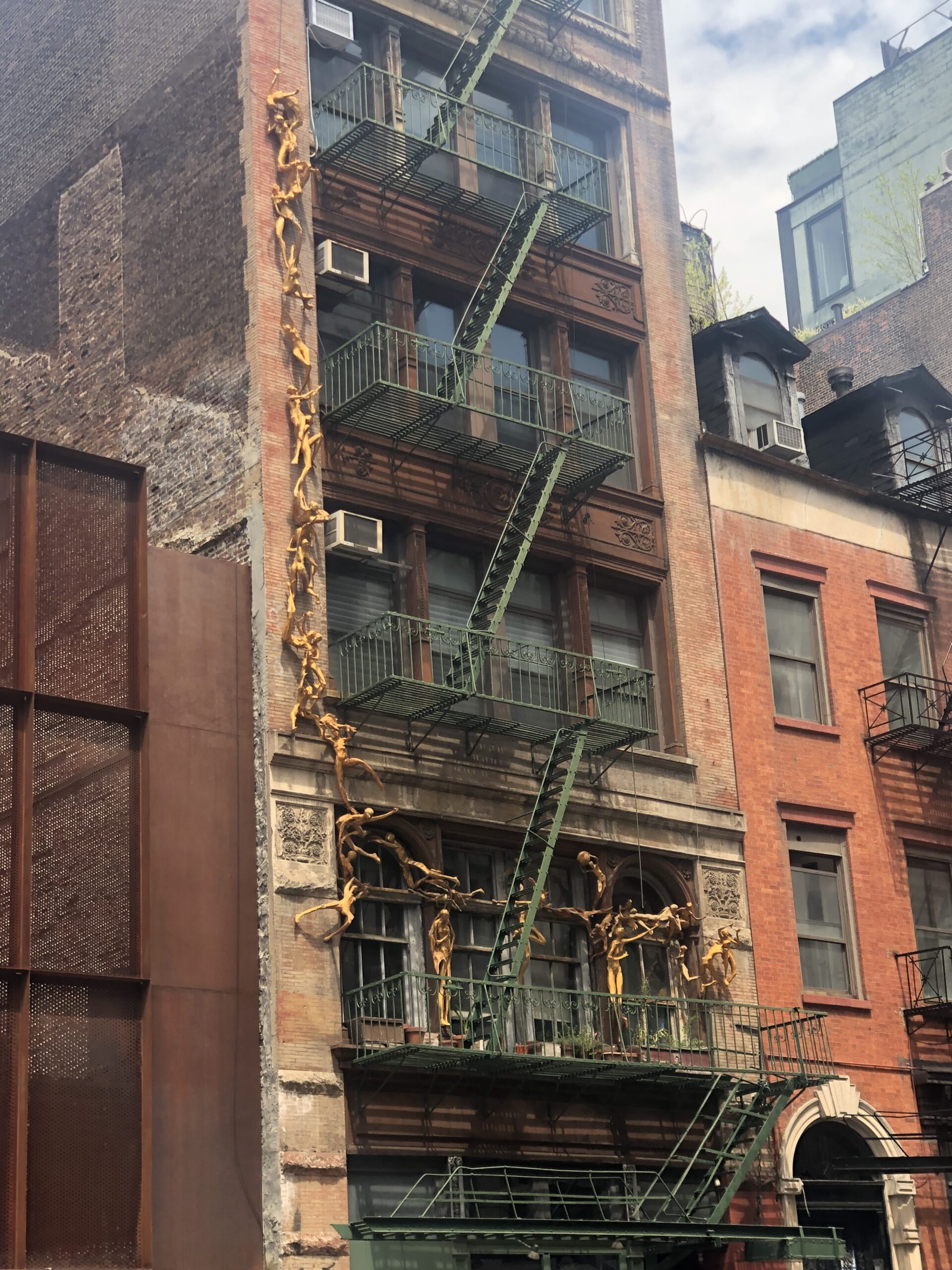
Street art on 24 Bond. Image courtesy of Maria T. Cannon, used with permission.















